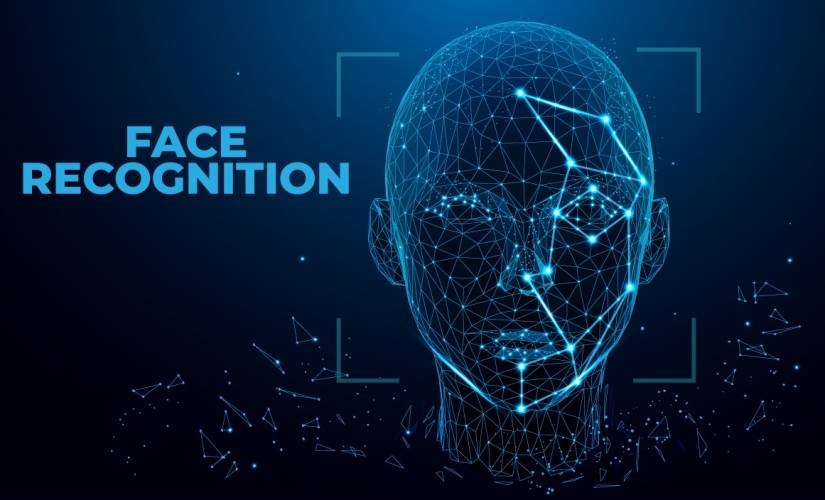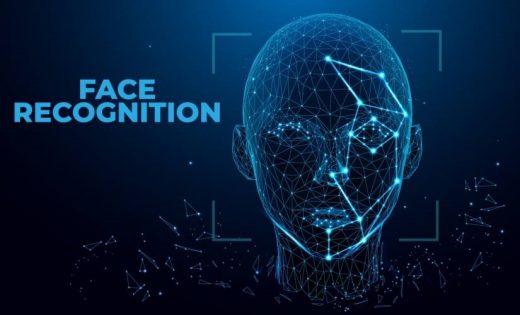Facial Recognition – Shaping the future of Identity Verification Market
Facial Recognition – Shaping the future of Identity Verification Market

Stepping into the fourth industrial revolution where everything revolves around technology and automation, we are witnessing the major changes in the industries. The things we saw in science fiction movies and read in novels are now becoming the reality of life. These technological advancements have not only changed the business operations but they are transforming the way we live.
There is a huge list of such technologies and innovations that are impacting our lives and businesses. One of them is face recognition technology.
Facial Recognition – A Reliable Biometric Technology
A few years back the term “biometrics” was only associated with fingerprints. But now, biometric technology has tremendously evolved, from fingerprints to retinal scanning and voice recognition, and now finally the facial recognition. The market demand for biometric technology is increasing with every passing day. As per the Global Forecast 2023 – Biometric System Market Research Report, the biometric market is expected to grow USD 33 billion by 2023.
Facial recognition technology is the latest and fastest-growing biometric technology. According to Market Research Future Report (MRFR), the global facial recognition market is expected to grow USD 8.93 billion at a CAGR of 19.68%, by the end of 2022. Facial recognition basically identifies human identities through facial features. Generally, it works in the following basic steps:
- Face Detection – Firstly, the system detects the human face from the scene.
- Face Capture – Secondly, the 2D and 3D sensors capture the detected face.
- Face Conversion – The captured face is converted into the mathematical data and machine-readable data using various algorithms.
- Face Match – Lastly, the captured image data is mapped with the already stored information and verified on the basis of basic uniquely identifiable features like the bridge of the nose, the distance between the eyes, contouring points, etc.
Various companies are using this technology effectively to verify identities of their customers. Based on the latest artificial intelligence and machine learning algorithms, face verification is quite efficient in verifying the person’s identity.
Face Verification – An Integral Part of Identity Verification
With the explosion of the internet and businesses are marking their presence in the digital sphere. Henceforth, cybercriminals and fraudsters are getting an additional opportunity to make some extra cash. The increased ratio in digital frauds, cybercrimes, and data breaches is driving the digital identification market to grow.
Moreover, the stringent regulatory pressure of the authorities to deter financial fraud by identifying customers’ identities is pushing businesses towards the adoption of identity verification services.
The digital ID verification market is expected to grow $ 12.8 billion by 2024 at a CAGR of 16% during the forecast period – predicts Market Research Report. There are multiple IT companies that are developing various ID verification solutions for the businesses to efficiently verify and authenticate users in real-time.
Nothing can be more accurate and secure than biometric verification. According to a study by Spiceworks, 90% of the businesses will be using biometrics identification technology by 2020.
Face verification is no doubt the quickest, efficient and secure solution for id verification. Developed on the latest facial recognition technology, it identifies the users on the run-time without any delay. Unlike passwords, hackers can’t steal or exploit biometrics in everyday life.
We identify people just by looking at their faces, not their fingerprints or retina. Similarly, in the online world, face verification is a productive way to not only verify the users’ identities but also for authentication.
To say face verification is the secure authentication check won’t be an understatement.
Deep Dive into Facial Recognition
A Weapon Against Spoofing Attacks
The facial recognition technology was not that effective in the back days. The reason is the adoption of the latest technology by cybercriminals and imposters. With every passing day, they are becoming more sophisticated in fooling the verification systems. In fact, in starting following spoofing attacks exploited the face verification systems:
-
Print Attacks
By printing the colored pictures of the authorized users and showing that printed paper in front of the camera, the fraudster succeed to fool the system. In that way, the facial recognition technology is as vulnerable as simple passwords.
-
Warped Photo Attacks
Since it was easy to detect the printed pictures due to their quality, the hackers adopted another way of deceiving the system. It was through warped photo attacks. In this type of attack, the imposters upload the screenshots of pictures of authorized users. Such uploads can easily deceive the system because you can’t know if the picture is old or taken in run-time.
-
Video Replay Attacks
In this type of attack, the fraudsters show the recorded video to the camera in a loop. It is to pretend that the authorized person is actually present at the time of authentication.
Liveness Detection
In order to counteract these spoofing measures, facial recognition technology is taking ID verification to another level by integrating advanced machine learning algorithms and neural networks. By introducing the liveness detection feature, this technology now can ensure the remote presence of an authorized user at the time of verification. Using a 3D-depth analysis, the face verification software determines the changes in the facial expressions and ensures that an actual user is present instead of the video. For example, Amazon’s Smile to Pay solution that only authenticates the payment when the user smiles in front of the camera.
Consent Verification
Combined with the OCR technology, Consent verification is another application of facial recognition which verifies the identity of the user and remote presence at the same time. What customers have to do is just show their faces in front of the camera while holding the ID document or any handwritten note.
Emotion Reading
Facial recognition technology is continuously improving with every passing day. With machine learning algorithms, now the systems are able to read facial expressions and detect emotions. The technology is proving to be very helpful for the legal authorities. For example, United States regulatory agencies have deployed Amazon’s Recognition to enhance their operations.
A Parameter for Secure Growth
Security and customer experience are the two main factors that drive the secure growth of the business. Facial recognition is a competitive technology that is facilitating industries to effectively meet both the factors without compromising the other. Face verification authenticates the users in real-time based on their unique facial features. The best part is that it eliminates the effort of remembering or changing the password every other day. The authentication is as secure and quick as taking a selfie.
The technology doesn’t stop here. We are sure of the fact that soon new innovations in the facial recognition domain are going to be unveiled and they will definitely transform the society for betterment.
The post Facial Recognition – Shaping the future of Identity Verification Market appeared first on ReadWrite.
(74)


